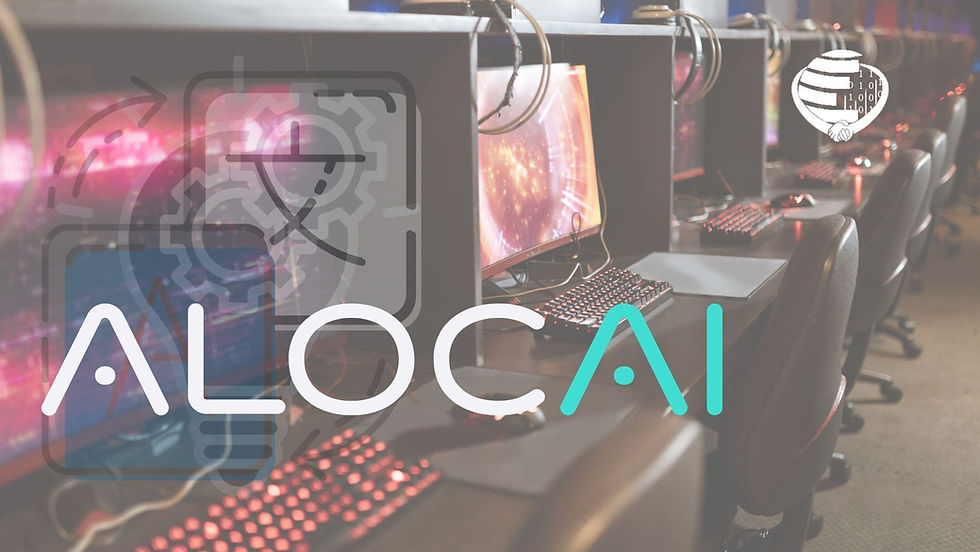Comparison of some Machine Translation Engines by Domain and Language
- Admin
- Apr 17, 2023
- 4 min read
Updated: Jul 14, 2023
Machine translation engines have revolutionized the way we communicate with people speaking different languages. With advancements in machine learning and artificial intelligence, these engines are getting better at accurately translating text from one language to another. However, not all machine translation engines are created equal. Each engine has its own strengths and weaknesses, making them better suited for certain domains and languages. In this article, we will explore which machine translation engines work best for which domains and languages.

DeepL is known for delivering high-quality translations in multiple languages, including English, German, French, Spanish, Italian, Dutch, Polish, and Russian. It is especially popular for its accuracy in translating technical and scientific texts, as well as legal documents and business communications. Additionally, DeepL is also capable of translating informal language and idiomatic expressions in a way that sounds natural to native speakers. Overall, DeepL is a reliable choice for a wide range of language pairs and domains, and its performance is consistently ranked among the top machine translation engines available today.
Google Translate is a widely used machine translation engine that can translate texts in various languages. It works best for commonly spoken languages such as English, Spanish, French, German, Chinese, Japanese, and Korean. Google Translate is particularly strong in the domain of casual language and everyday conversations, as well as for translating websites and documents quickly. However, it may not be the best option for translating technical or domain-specific content, as the translations may lack accuracy and precision.
Microsoft Translator works well for several domains and languages, including business, education, healthcare, and travel. It supports over 70 languages and provides specialized translations for various industries, such as legal and IT. Additionally, Microsoft Translator offers speech translation for some languages, which is useful for real-time communication. Overall, Microsoft Translator is a versatile and reliable machine translation engine suitable for various domains and language pairs.
Amazon Translate is known to work well with a wide range of languages, including Spanish, French, German, Italian, Portuguese, Japanese, Chinese, Arabic, Russian, and more. As for domains, Amazon Translate is designed to handle various content types, including business, legal, technical, and medical. It also offers customization features that allow users to fine-tune translations for specific use cases. Overall, Amazon Translate is a versatile machine translation engine that can handle a variety of languages and domains.
Yandex Translate has proven to be highly effective for translating languages in its primary focus region of Russia and neighboring countries, including Central Asia and the Caucasus. It works well for a wide range of domains, from general text translation to specific fields such as legal, technical, and medical translations. Yandex Translate also offers support for rare languages, such as Bashkir and Yakut, making it a valuable resource for language translation in these areas.
As a machine translation model specifically designed for video games, Modelwiz works best for localizing gaming content such as in-game dialogues, marketing texts, and EULAs. While it can translate a variety of languages, the accuracy and quality of translations may vary depending on the specific language pairs. Modelwiz's integration with OpenAI's GPT-3 language model allows for even higher accuracy and quality translations with minimal effort, making it a valuable tool for game developers and publishers seeking to reach global audiences.
As an artificial intelligence language model, ChatGPT has been trained on a vast amount of textual data in various domains and languages. It can generate coherent and human-like responses in many languages, including English, Spanish, French, German, Japanese, Chinese, and more. However, ChatGPT is not specifically designed for machine translation and is more suited for natural language processing tasks such as answering questions, generating text, or summarizing information. Therefore, while ChatGPT can provide translations, it may not be the best option for achieving high-quality, accurate translations in specific domains.
Also, We studied comprehensive analysis of machine translation (MT) engines for 22 language pairs, and we're excited to share our findings with you. Among the statistically significant leaders, we identified five MT engines that offer exceptional performance. Amazon, DeepL, and Google emerged as the top choices across all languages, disregarding specific domains.
While these engines provide a solid foundation, achieving higher linguistic quality can be accomplished through customization and glossary support. By tailoring the engines to your specific needs and incorporating domain-specific terminology, you can further enhance the translation output.
Please note that the scores provided are not comparable across different language pairs, and absolute values are not shown to prevent confusion. The domain and content type mix varies for each language pair, significantly impacting the leaderboard's composition.
Analysis revealed that five MT engines offer minimum coverage for all language pairs and industries, with 2-3 engines available per domain.
In the entertainment domain, Amazon, ChatGPT, and DeepL emerged as the top choices.
For legal content, Amazon, DeepL, and Google demonstrated excellent performance.
In colloquial language translation, Amazon and Google stood out. DeepL and Google showcased their strengths in healthcare translation.
When it comes to financial content, DeepL and Google delivered exceptional results.
In the hospitality domain, Amazon, DeepL, and the upcoming GPT-4 showed promise.
For general content, Amazon, DeepL, and Google maintained their positions at the top.
Education and IT domains were also well-served by DeepL and Google.
In the recently published "The State of Machine Translation 2023" report by Intento, the diagram below showcases the leading providers based on their performance, as measured by the COMET metric.





Comments